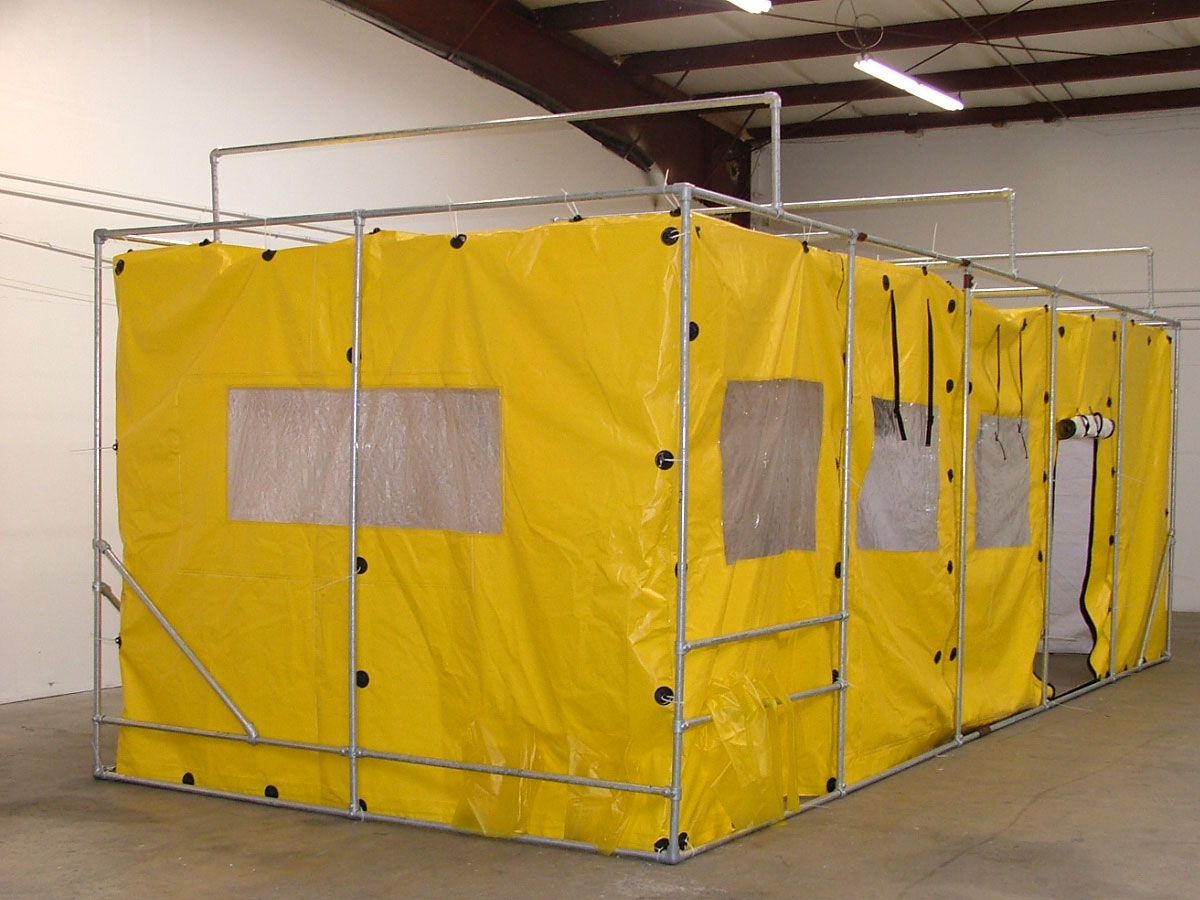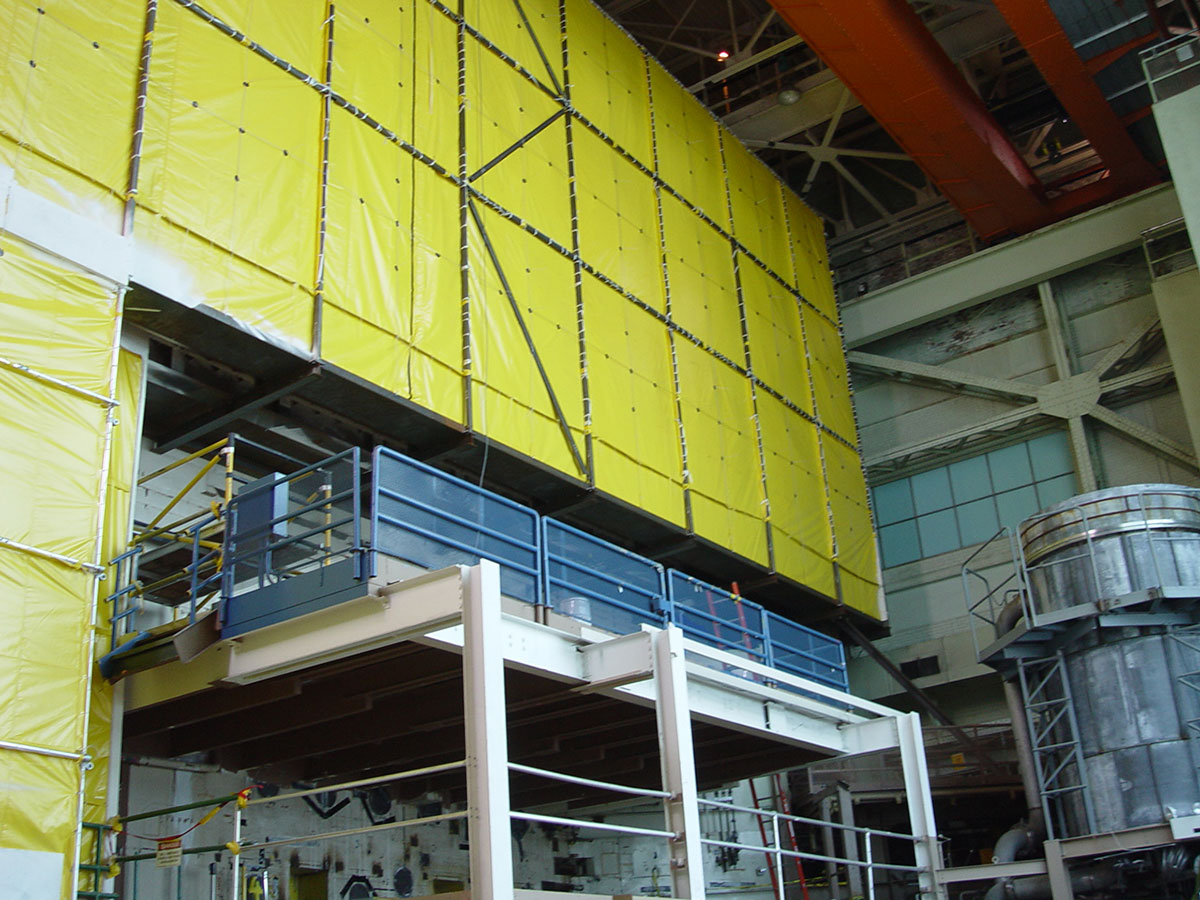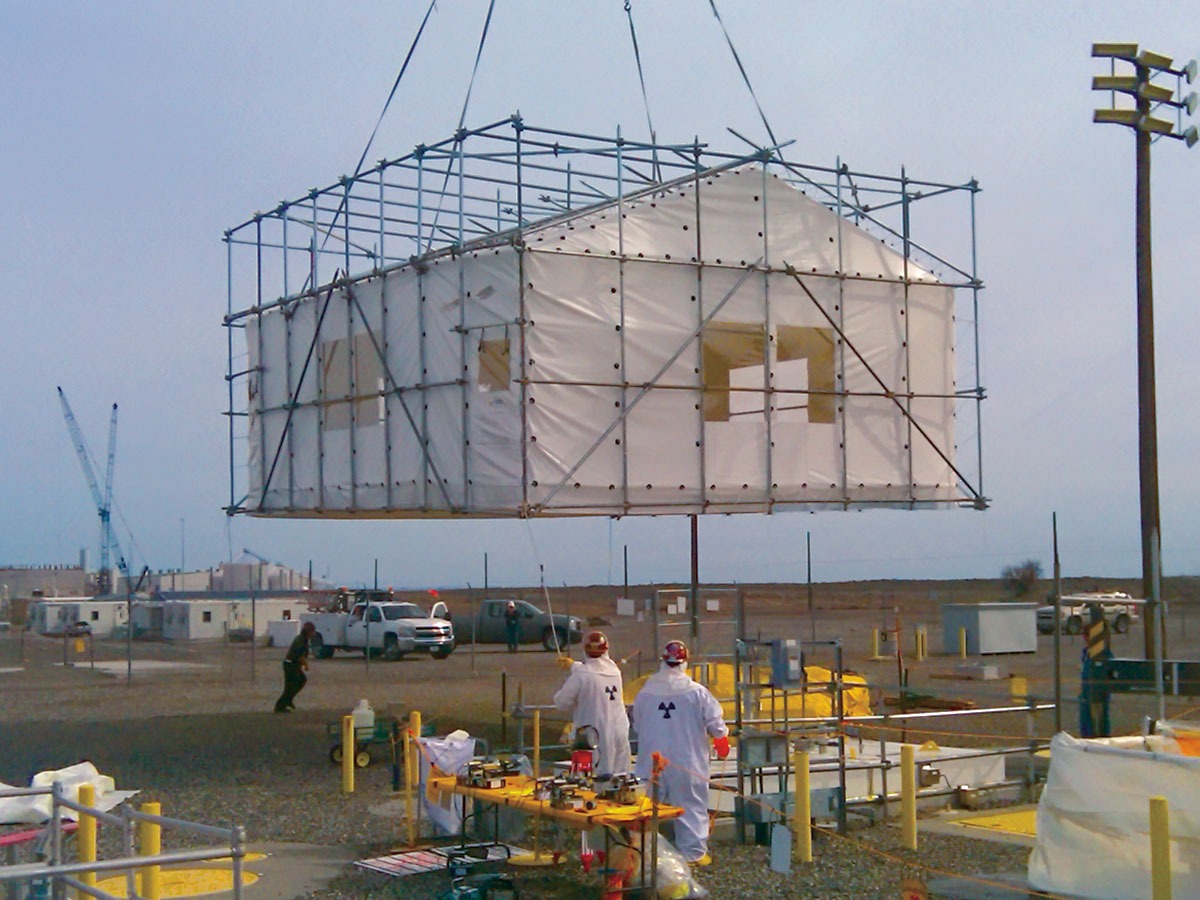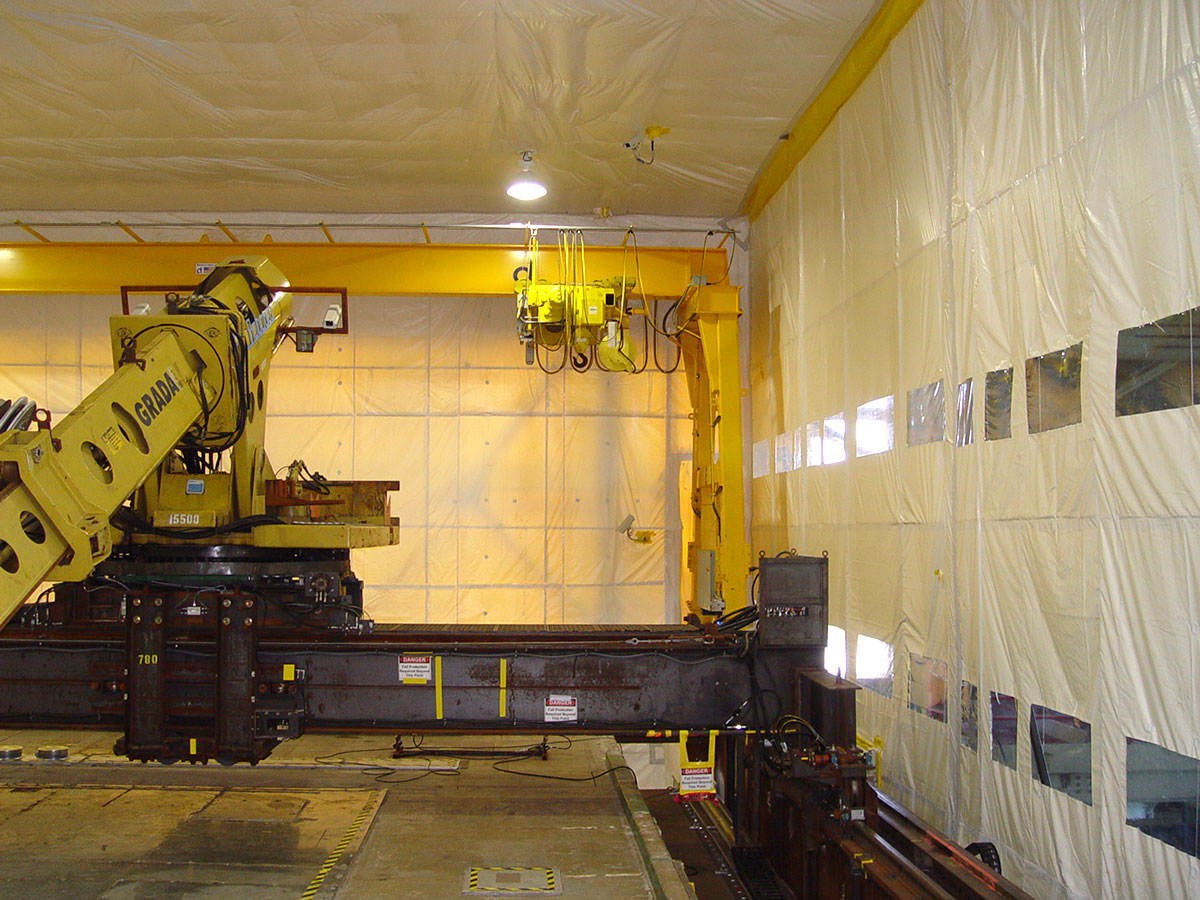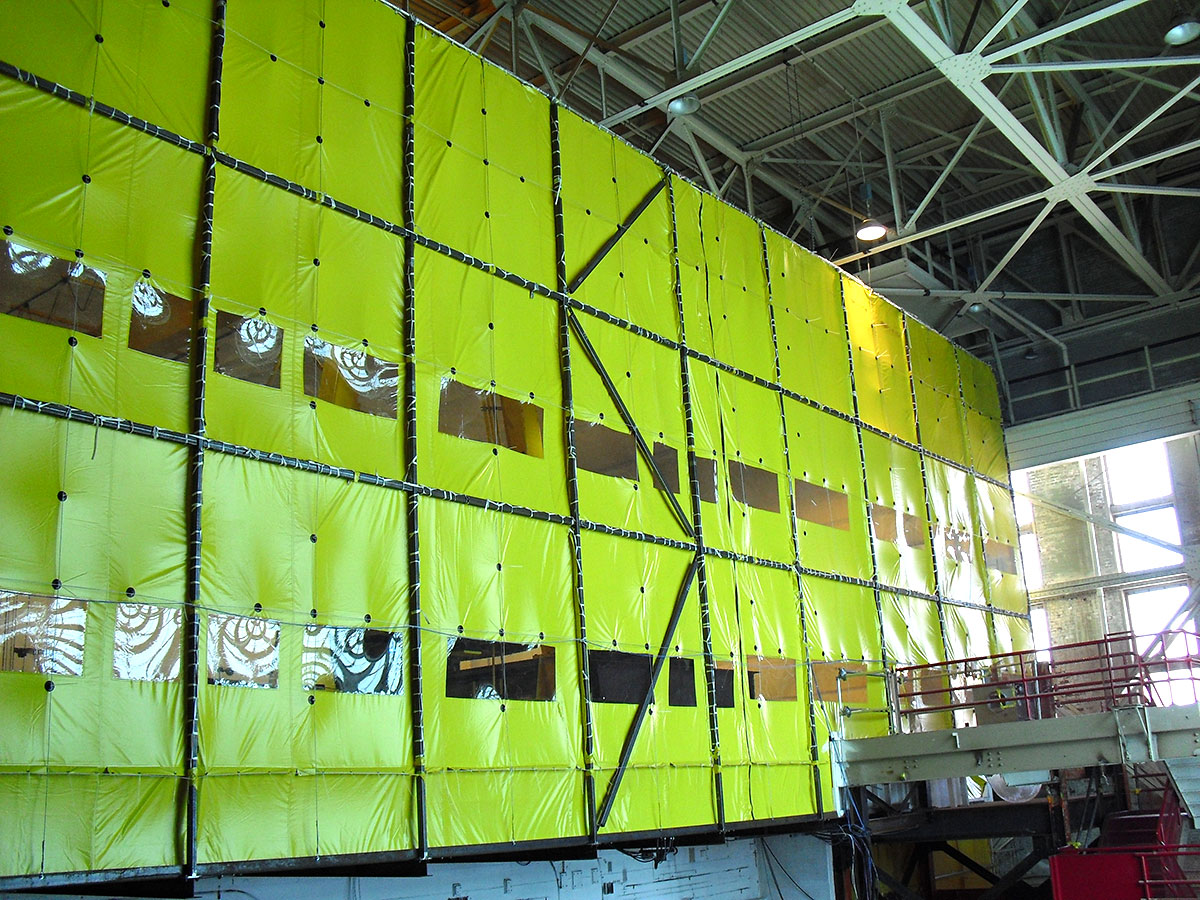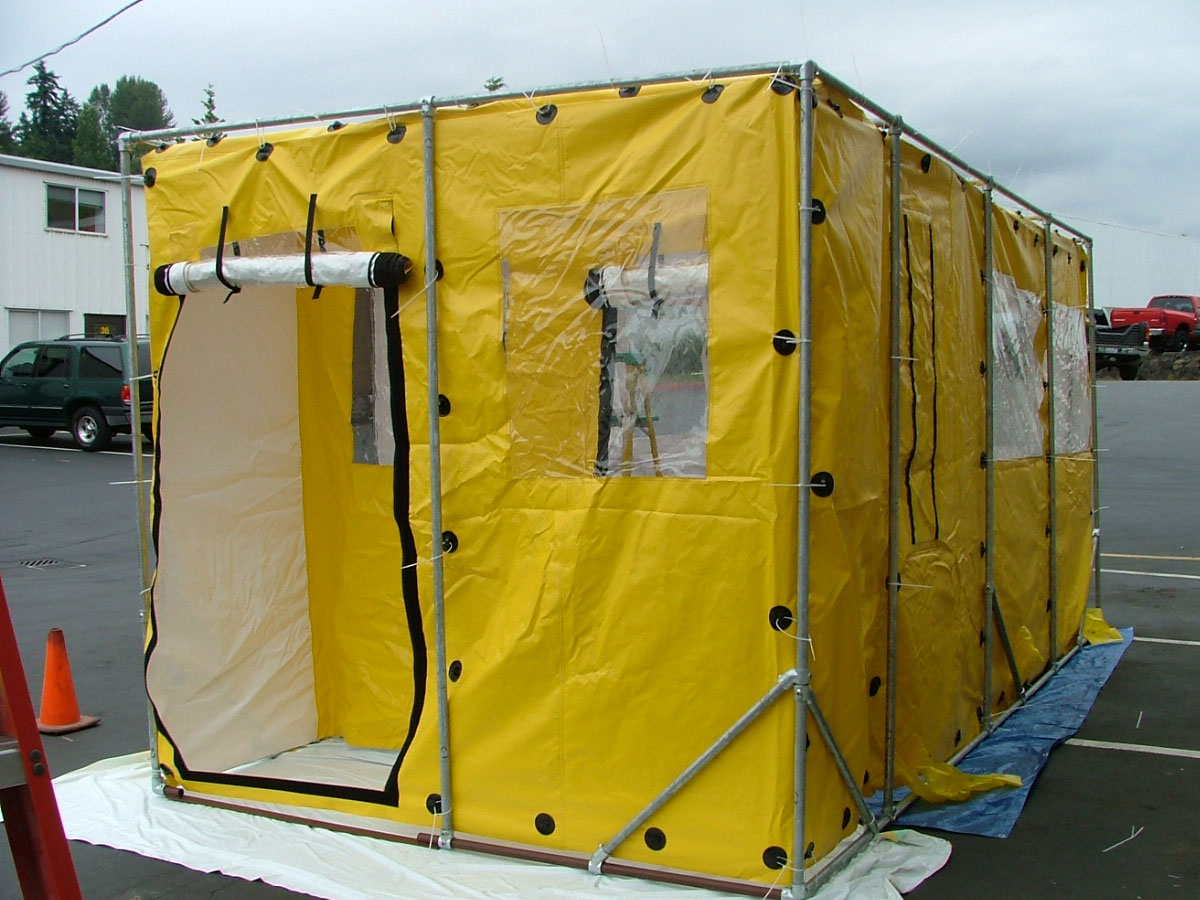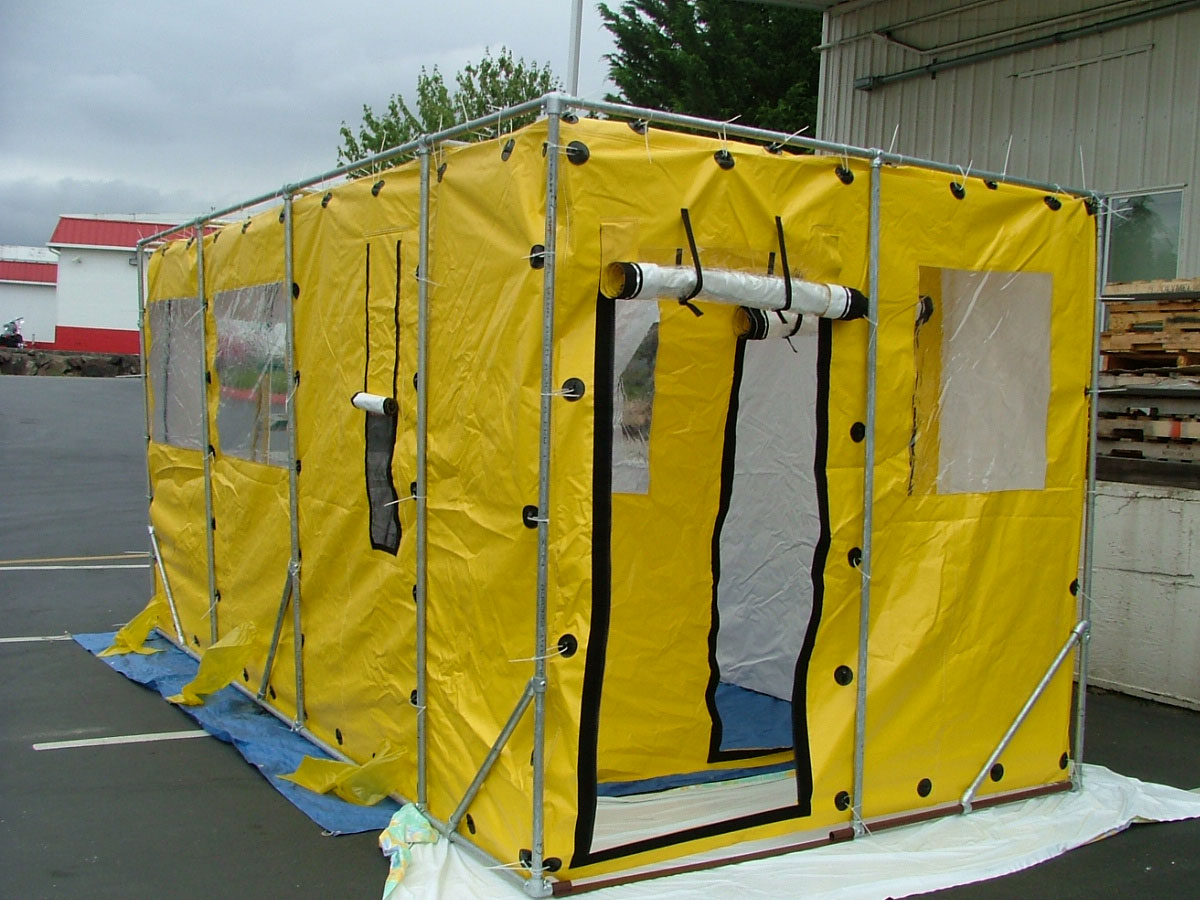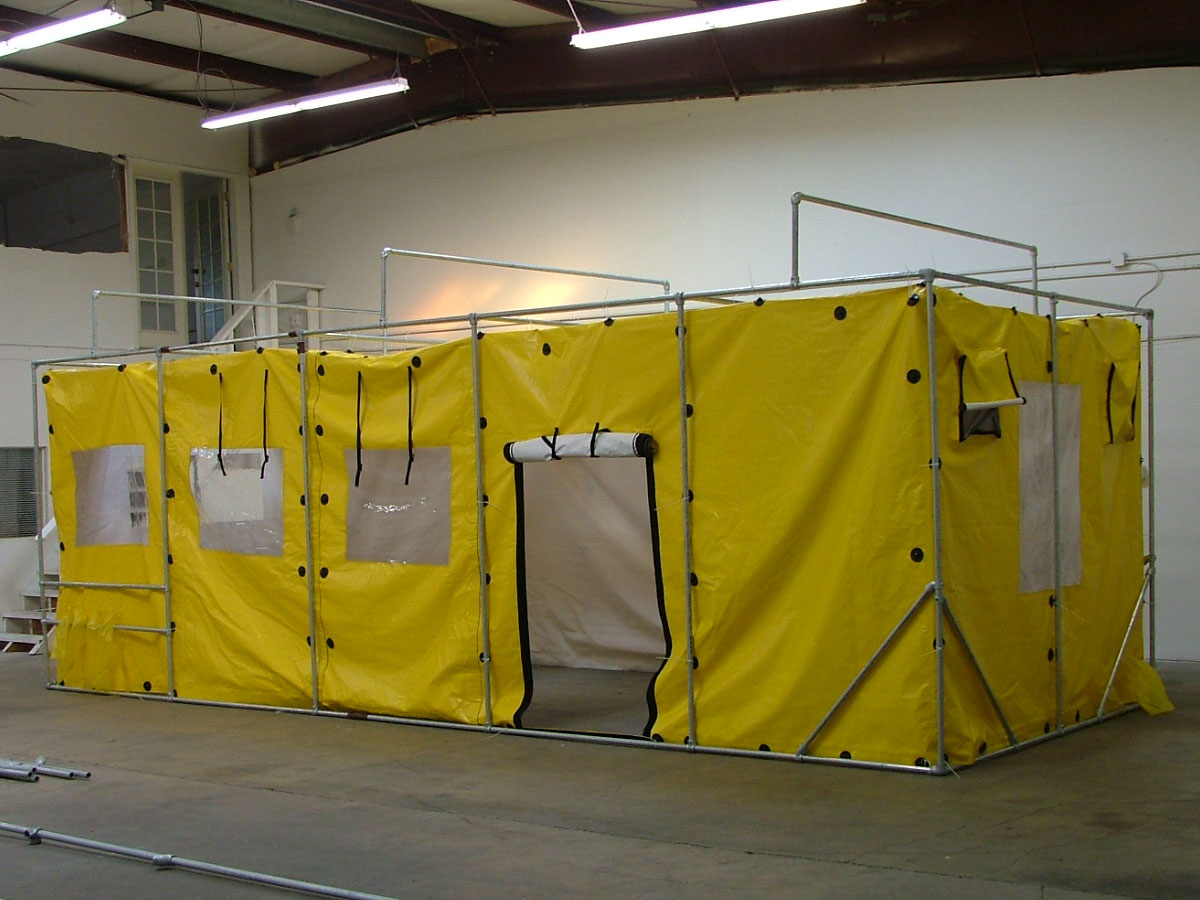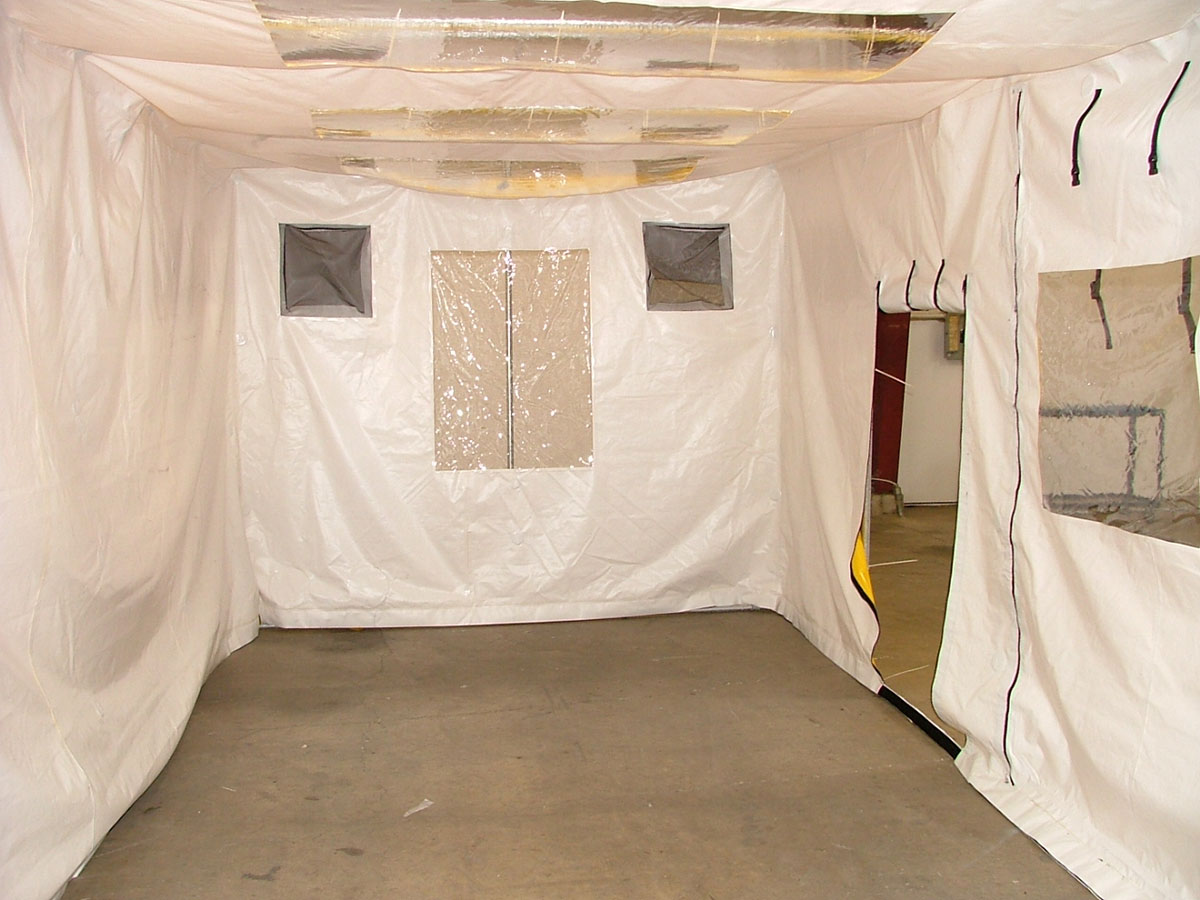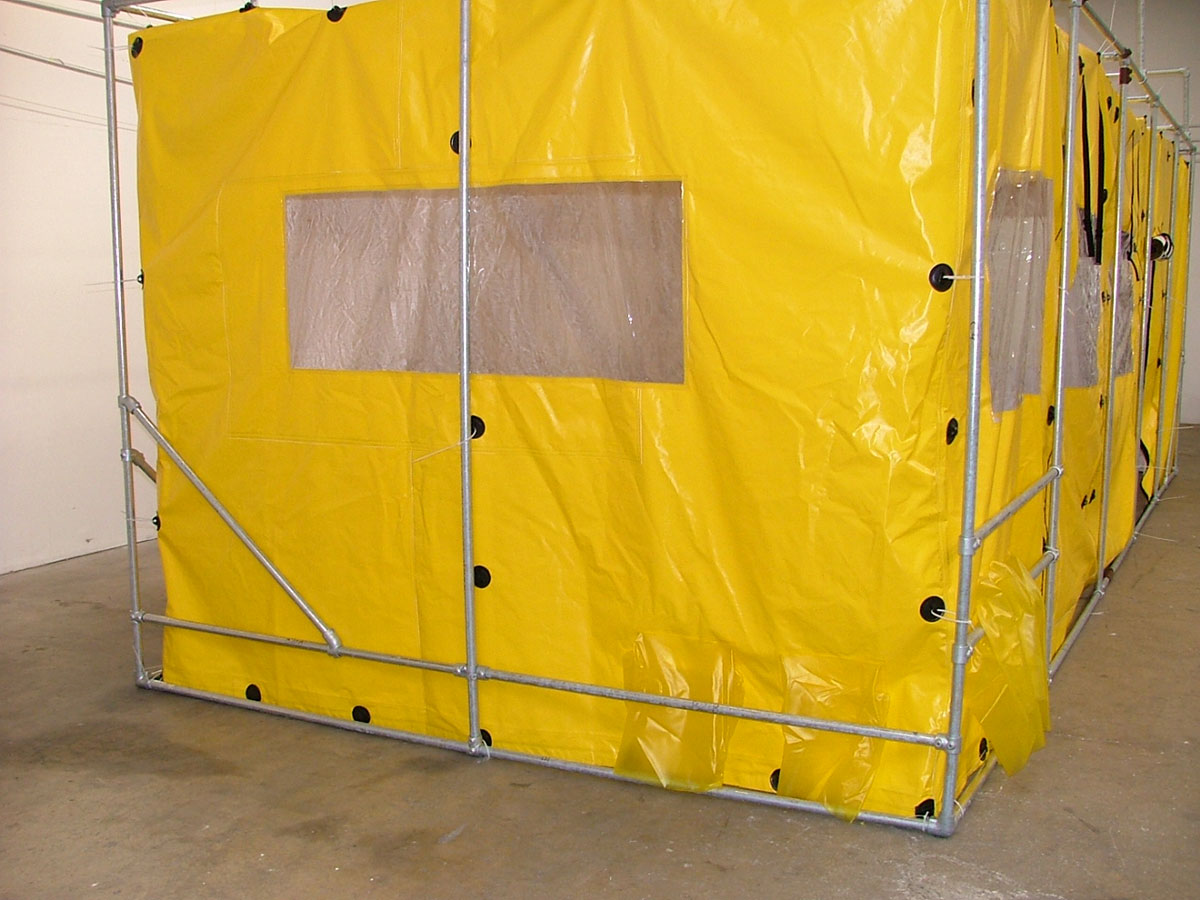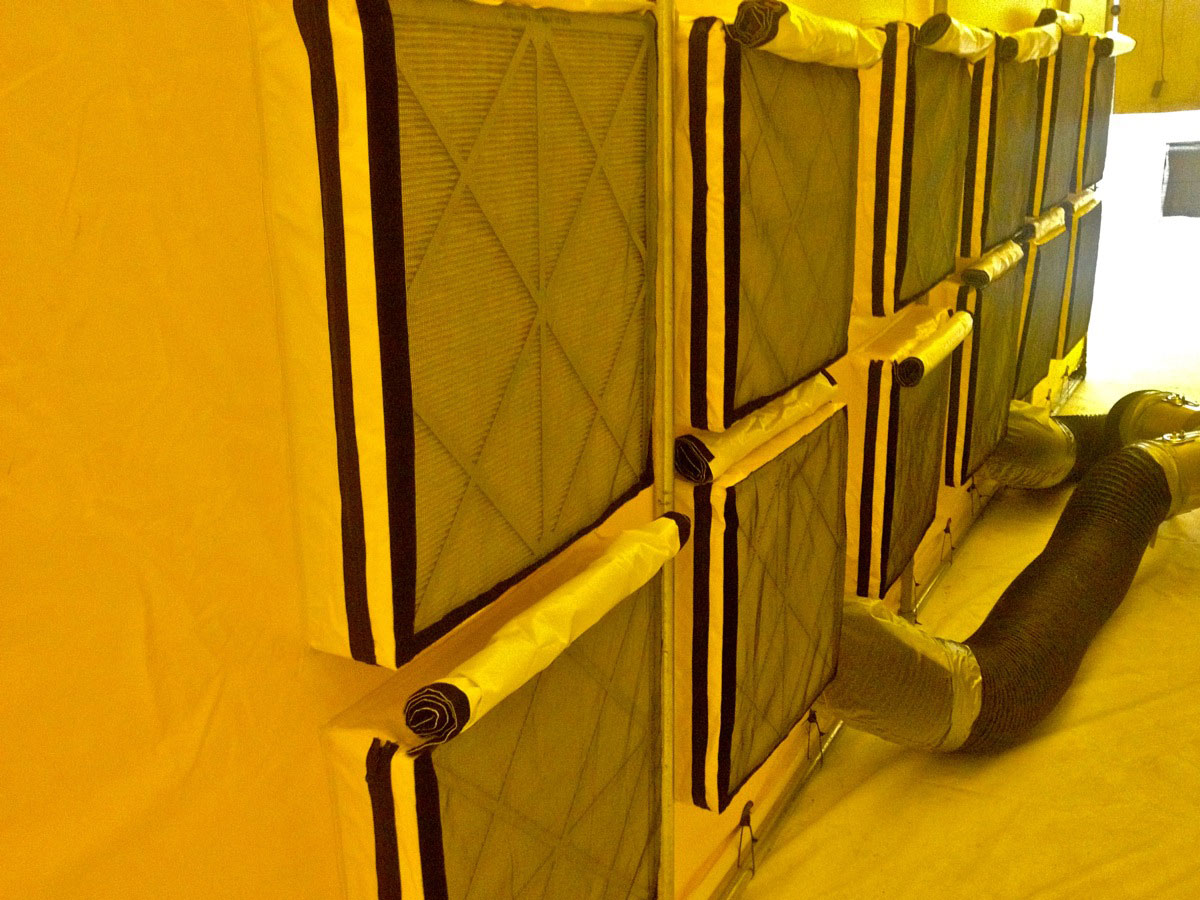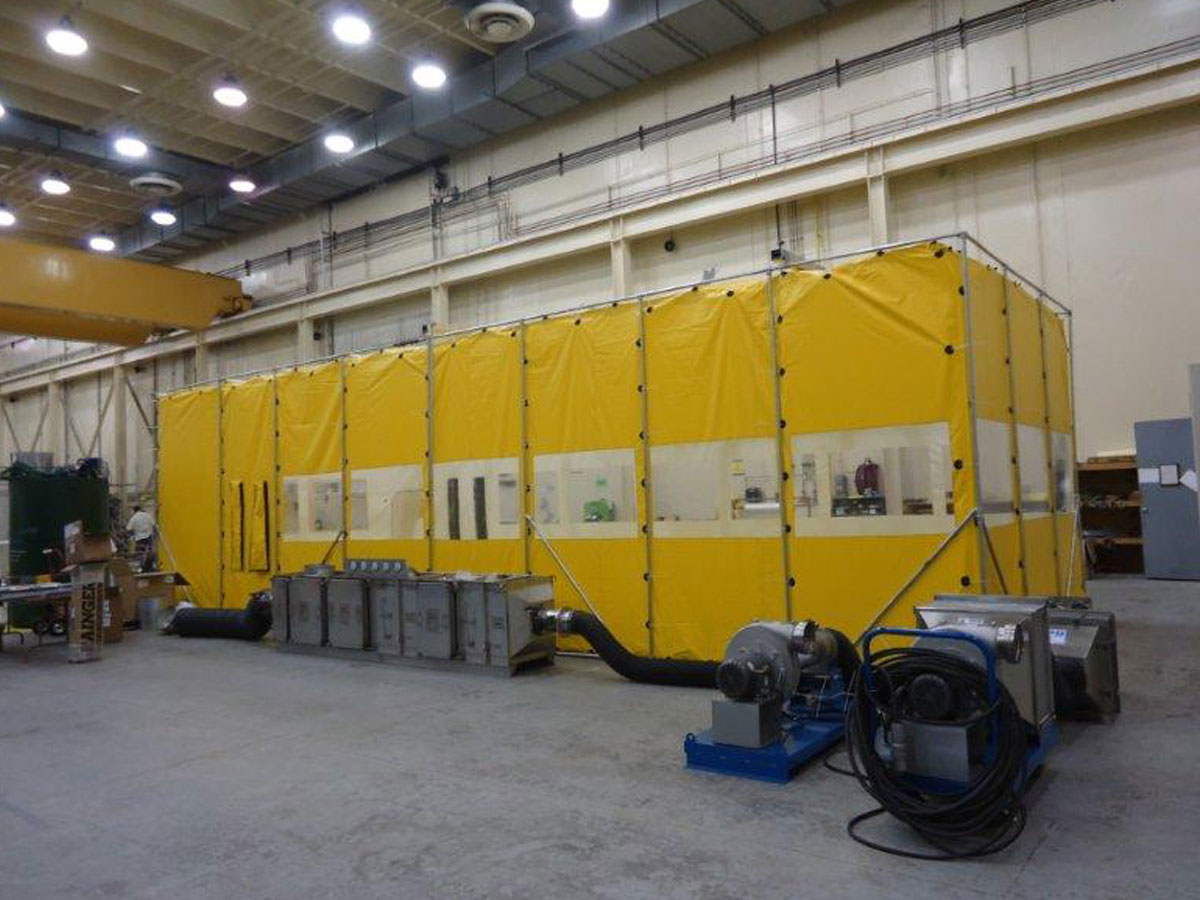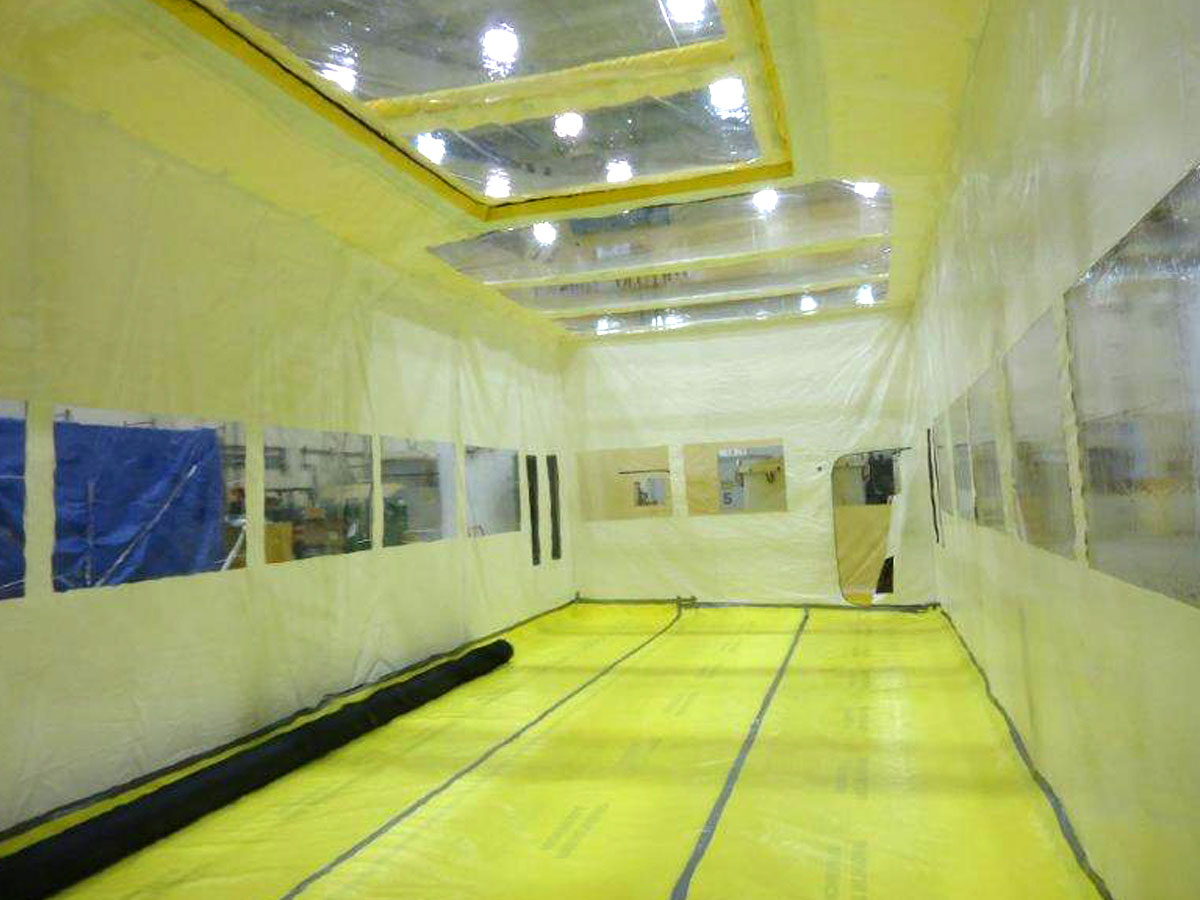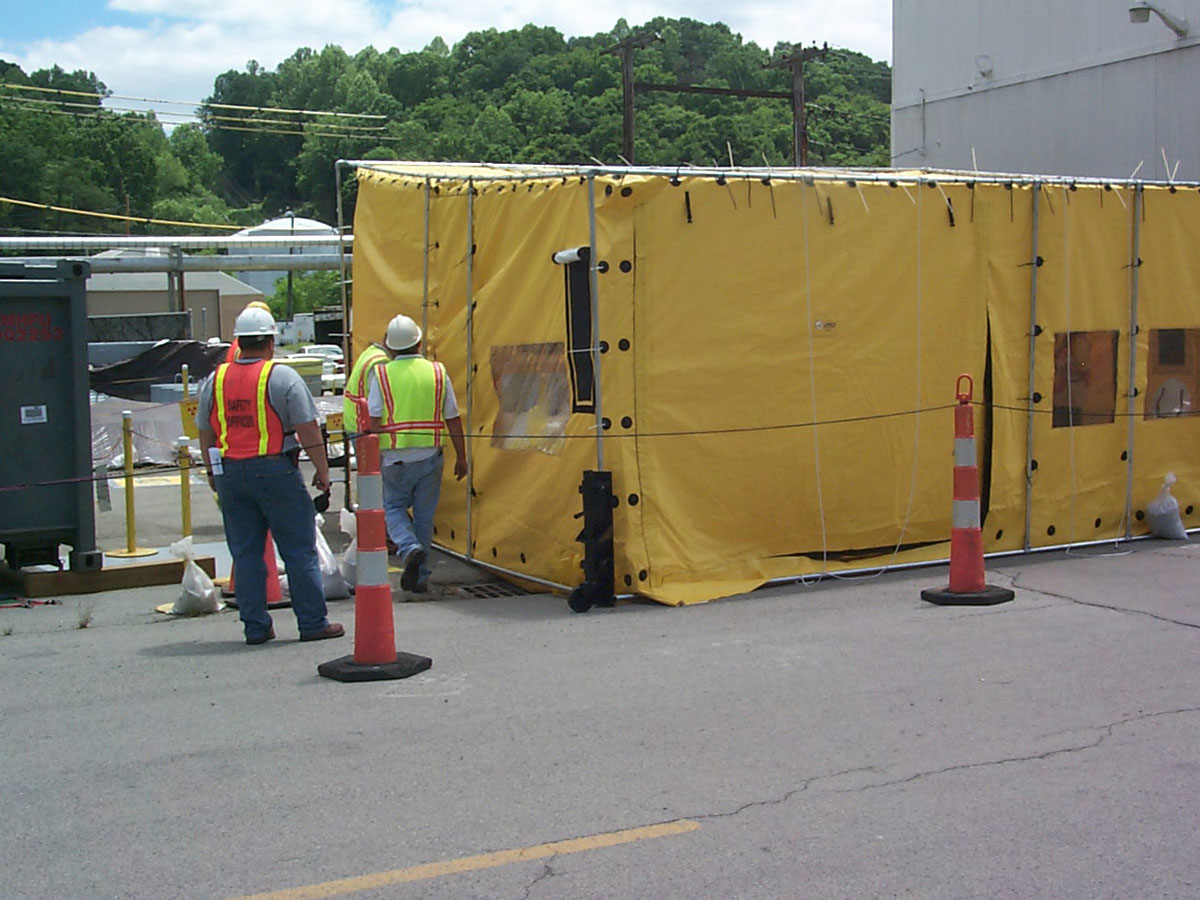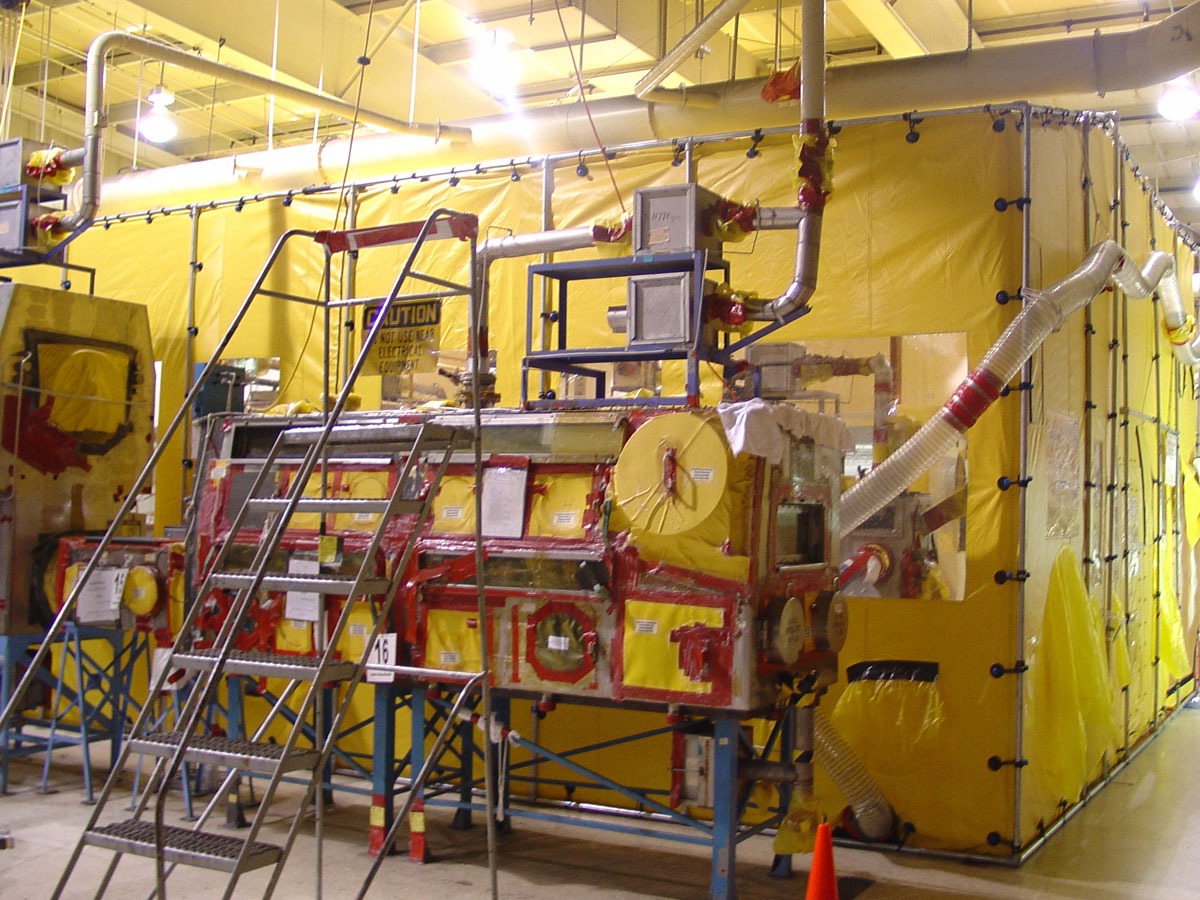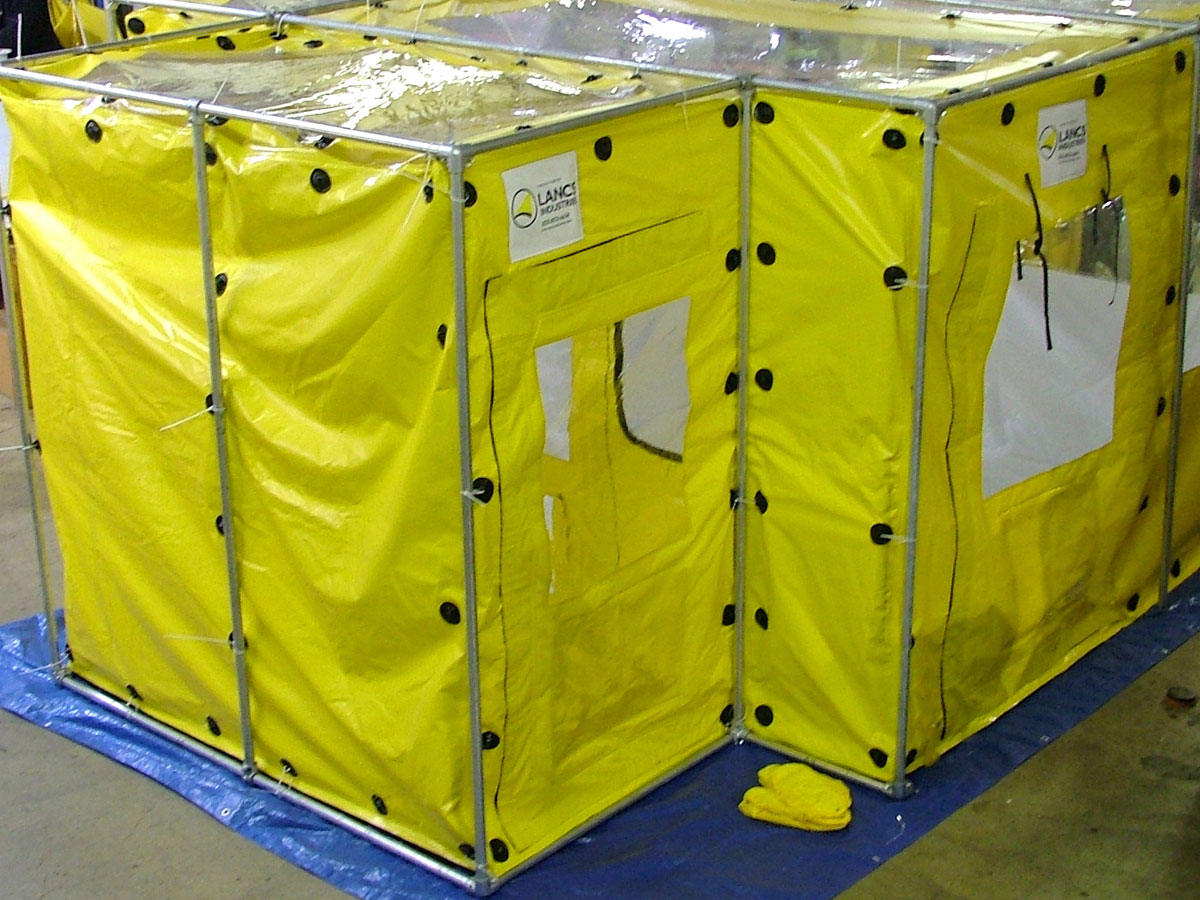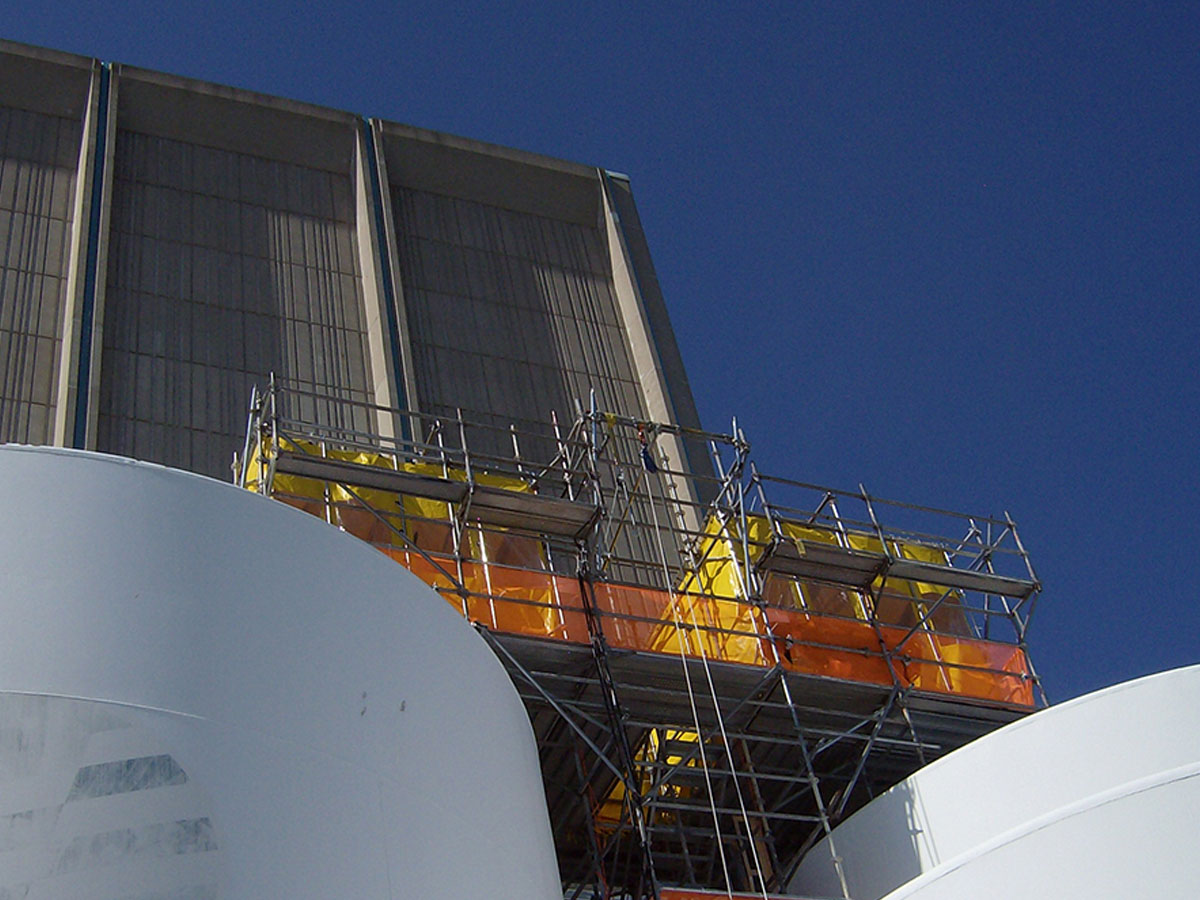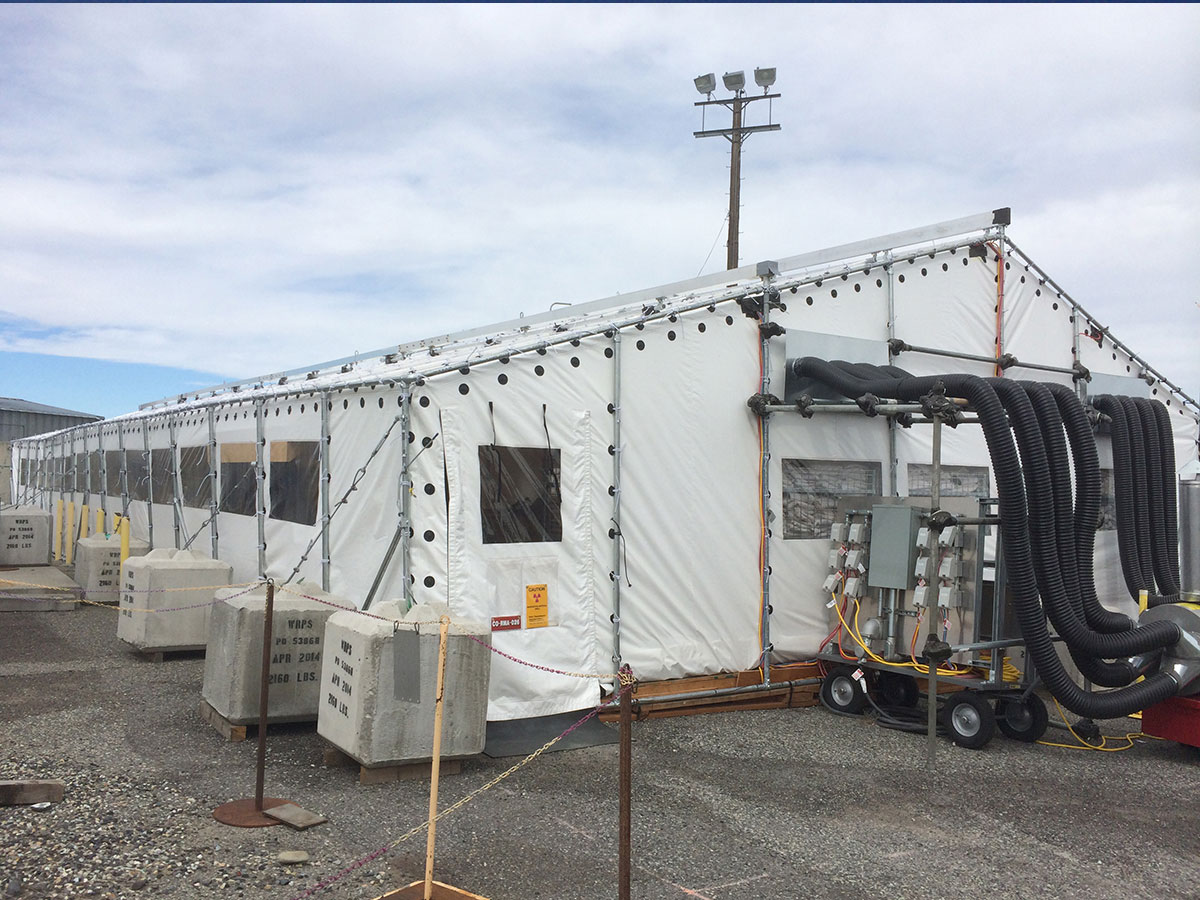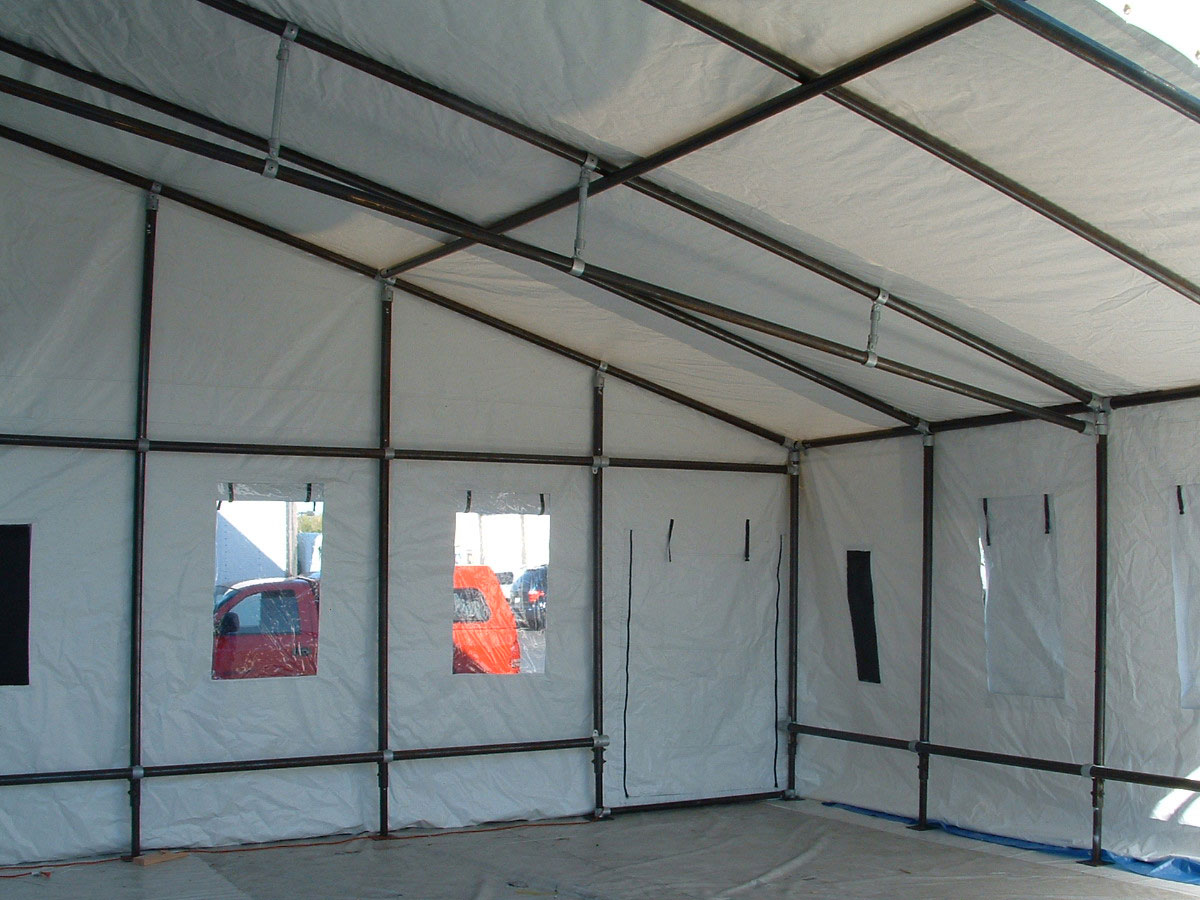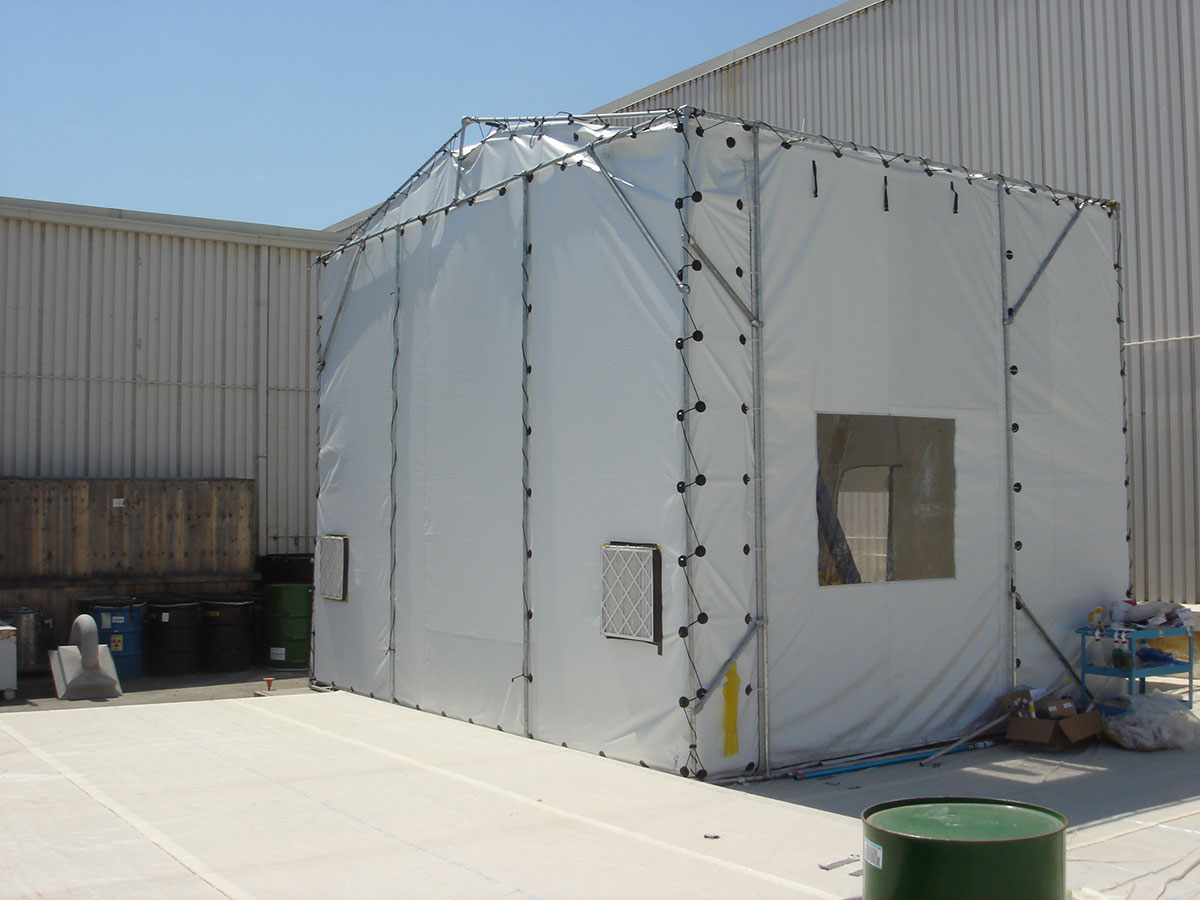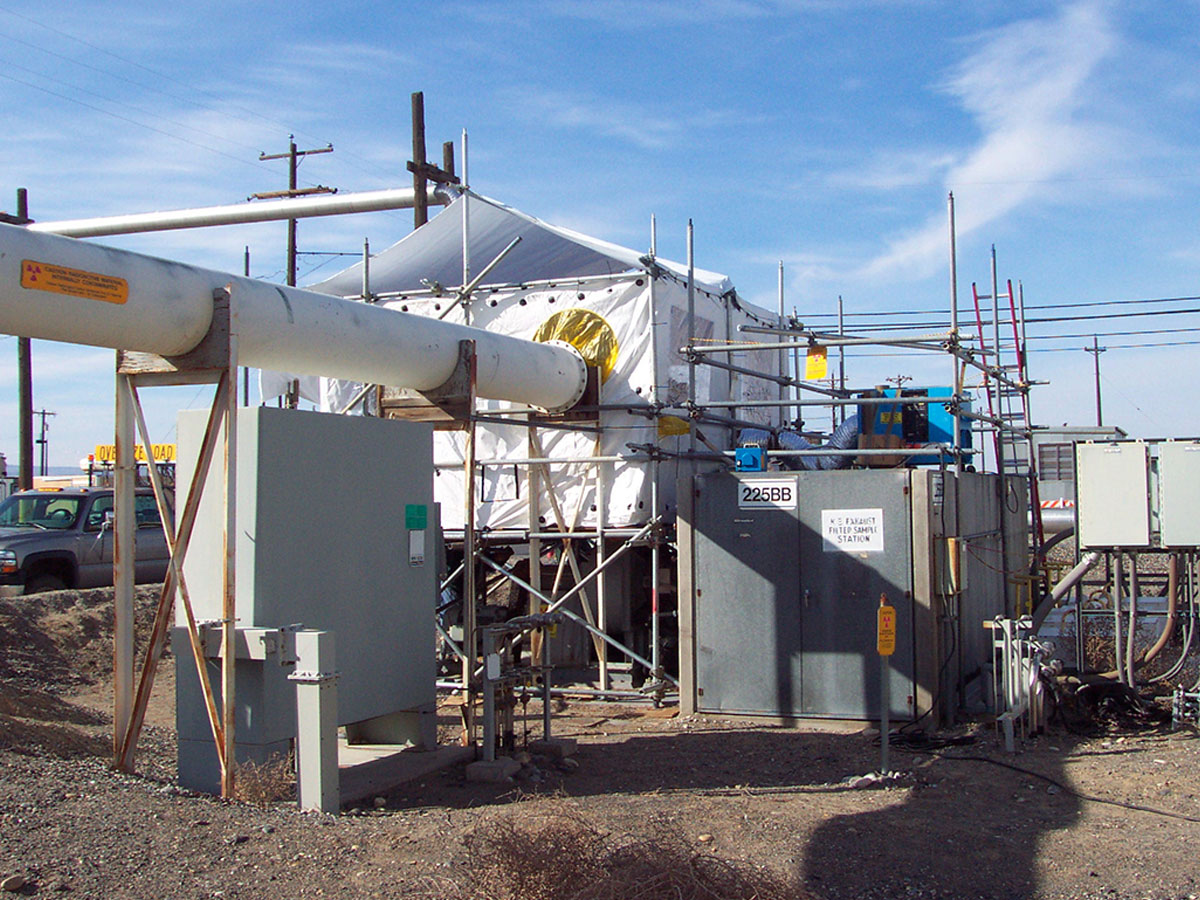Contain Contamination
CONTAINMENT TENTS, TENT ACCESSORIES, AND VENTILATION UNITS
Properly designed work tents will reduce cross-contamination from work being done on structures or spaces contaminated by radiological or other hazardous materials. Serving as a barrier between work surfaces and clean areas, containment tents and covers are used to create a controlled environment to reduce overall exposure levels during work, and to minimize the scope and complexity of subsequent cleanup operations.
Lancs Industries has been providing work tents for our customers since the company’s inception in 1974. We have been involved with hundreds of different site configurations ranging from simple single chamber tents with limited access to complex requirements such as expandable and collapsible, multi-tier, multi-chamber tents spanning areas of thousands of square feet. We also provide a wide array of radiation containment products including portable containment tents as well as glovebags and catch containments.
Safer Work Environments
See how our containments can help prevent the potential spread of contamination.
LI-360A Dual Chamber Tent
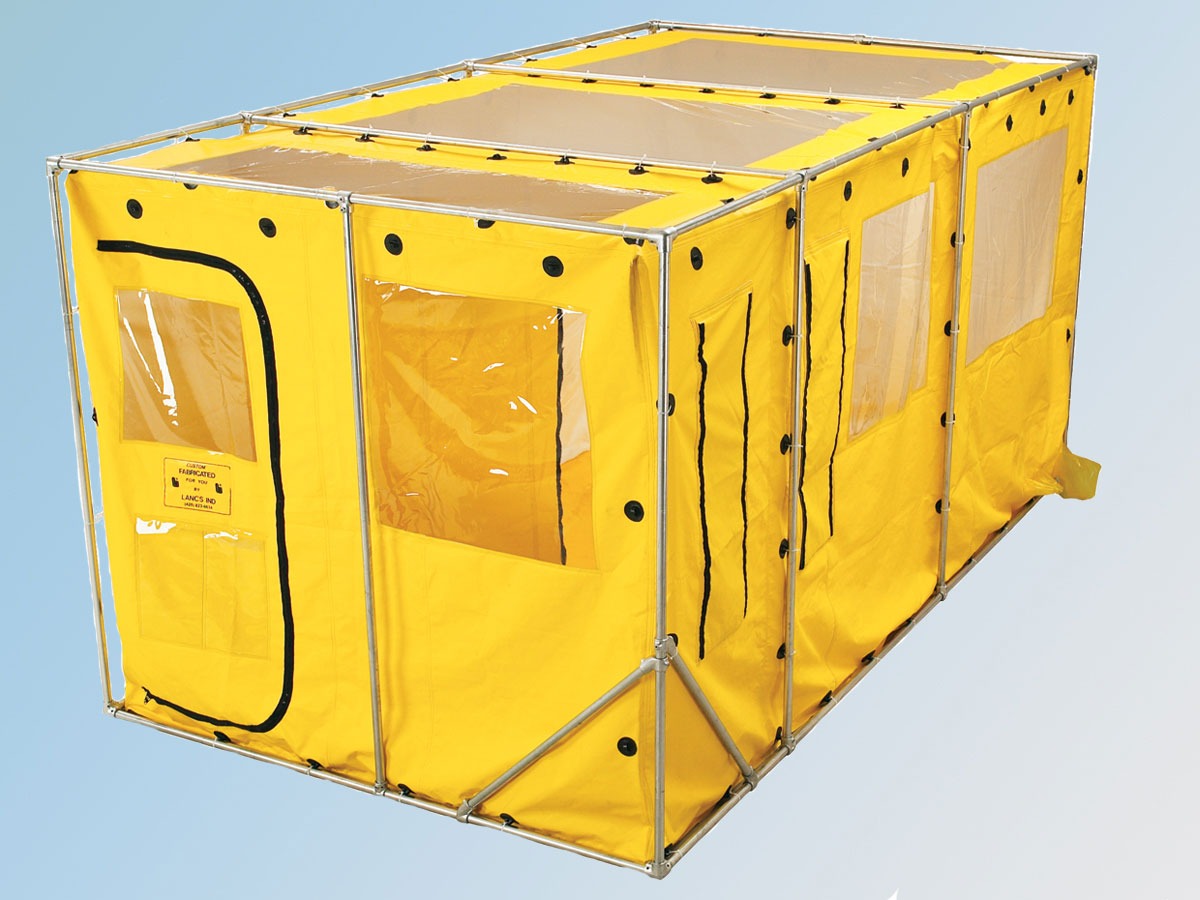
LI-361B Dual Chamber Tent
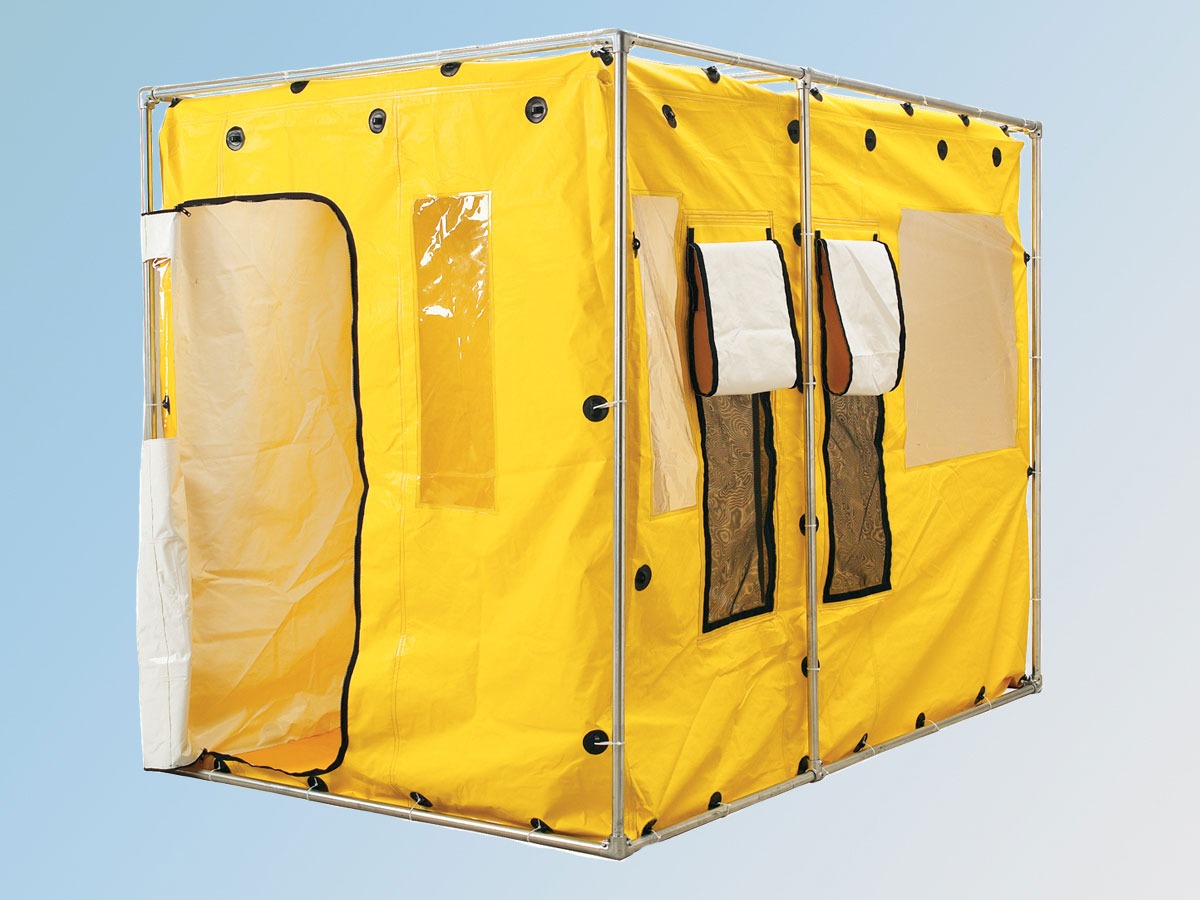
LI-362 Single Chamber Tent
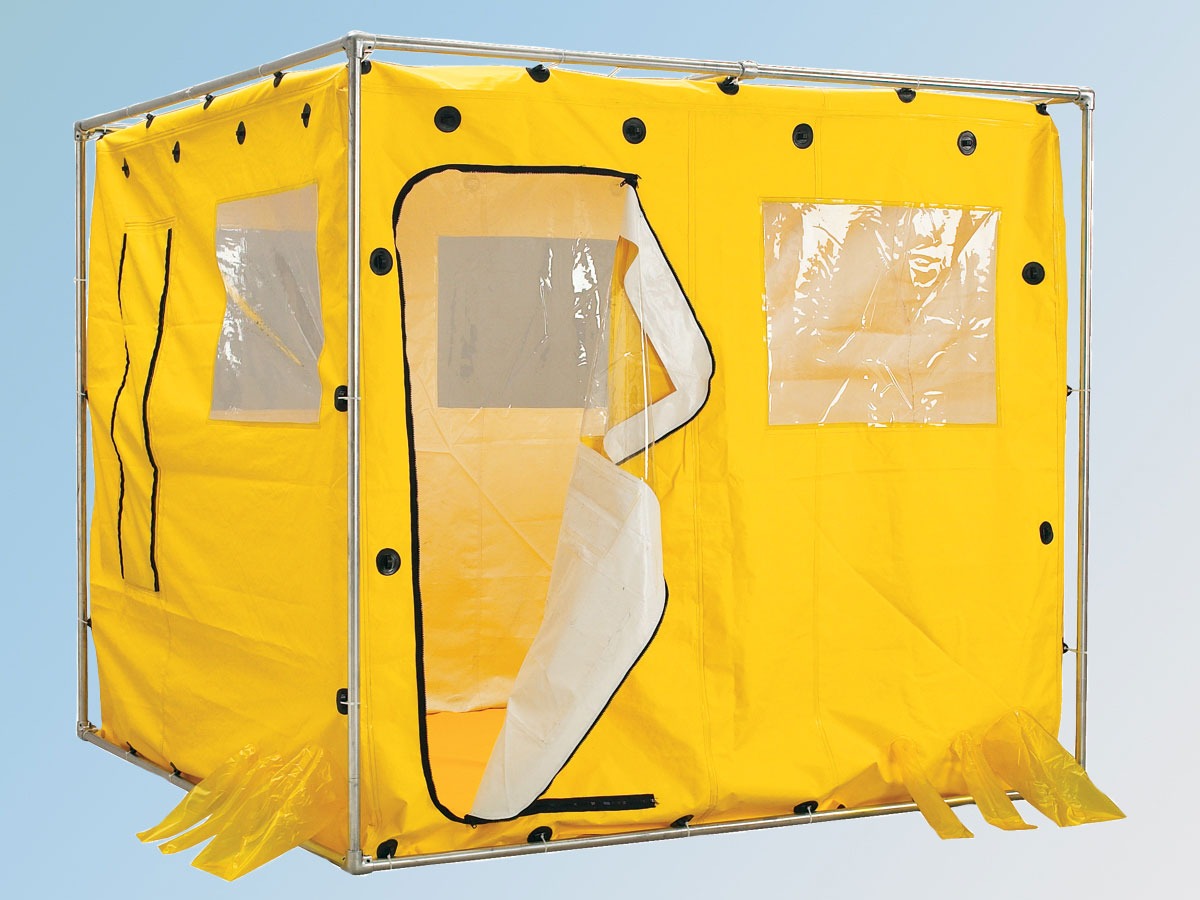
LI-363 Dual Chamber Tent
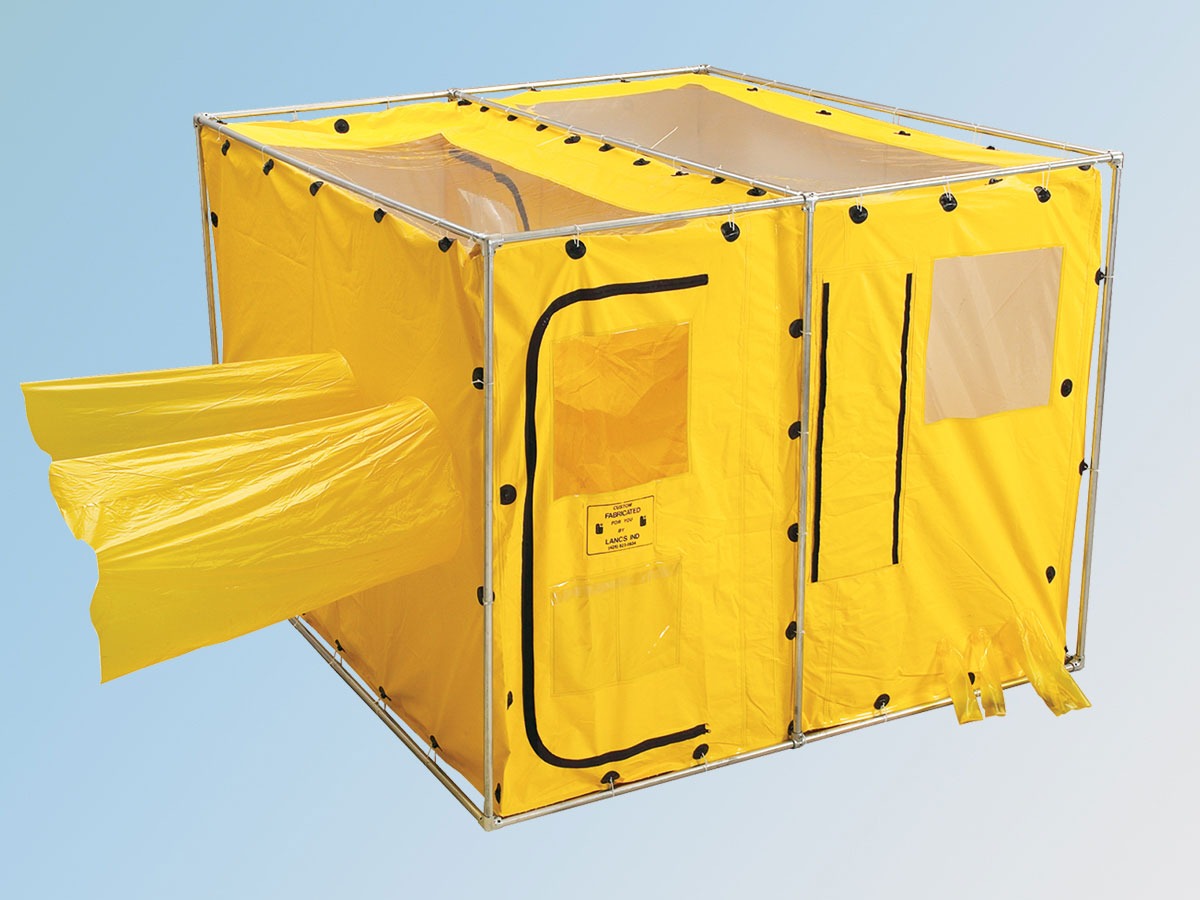
LI-300-POP-6×6
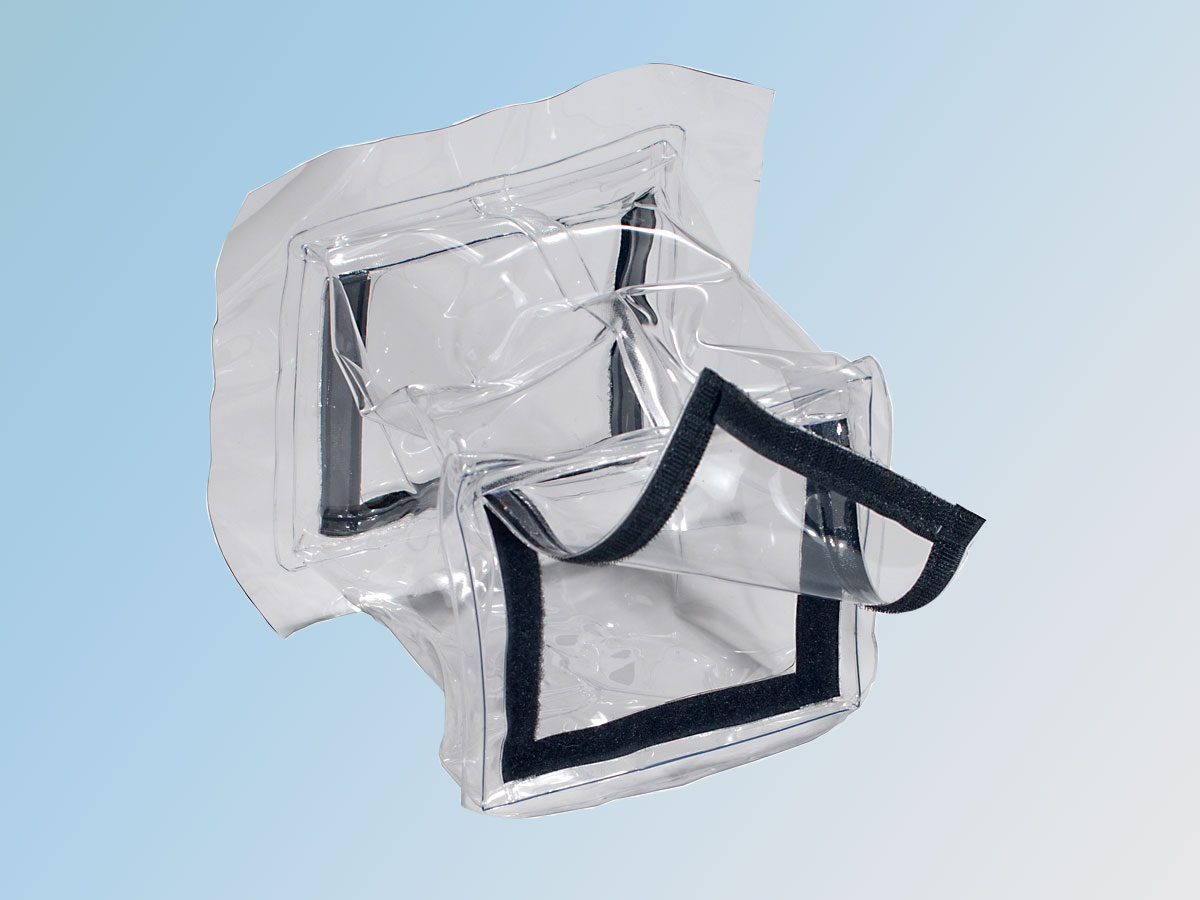
LI-300-PATCH KIT
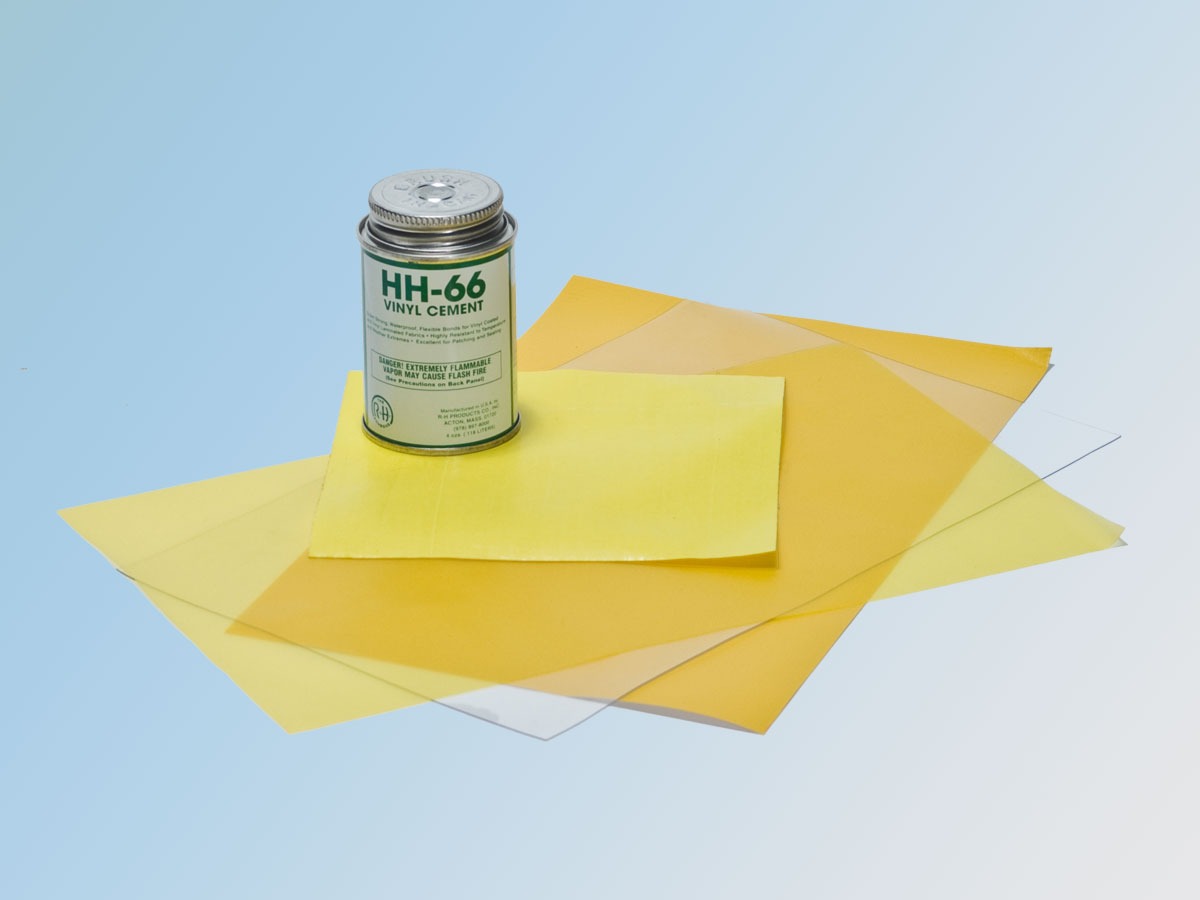
LI-300-MOD KIT
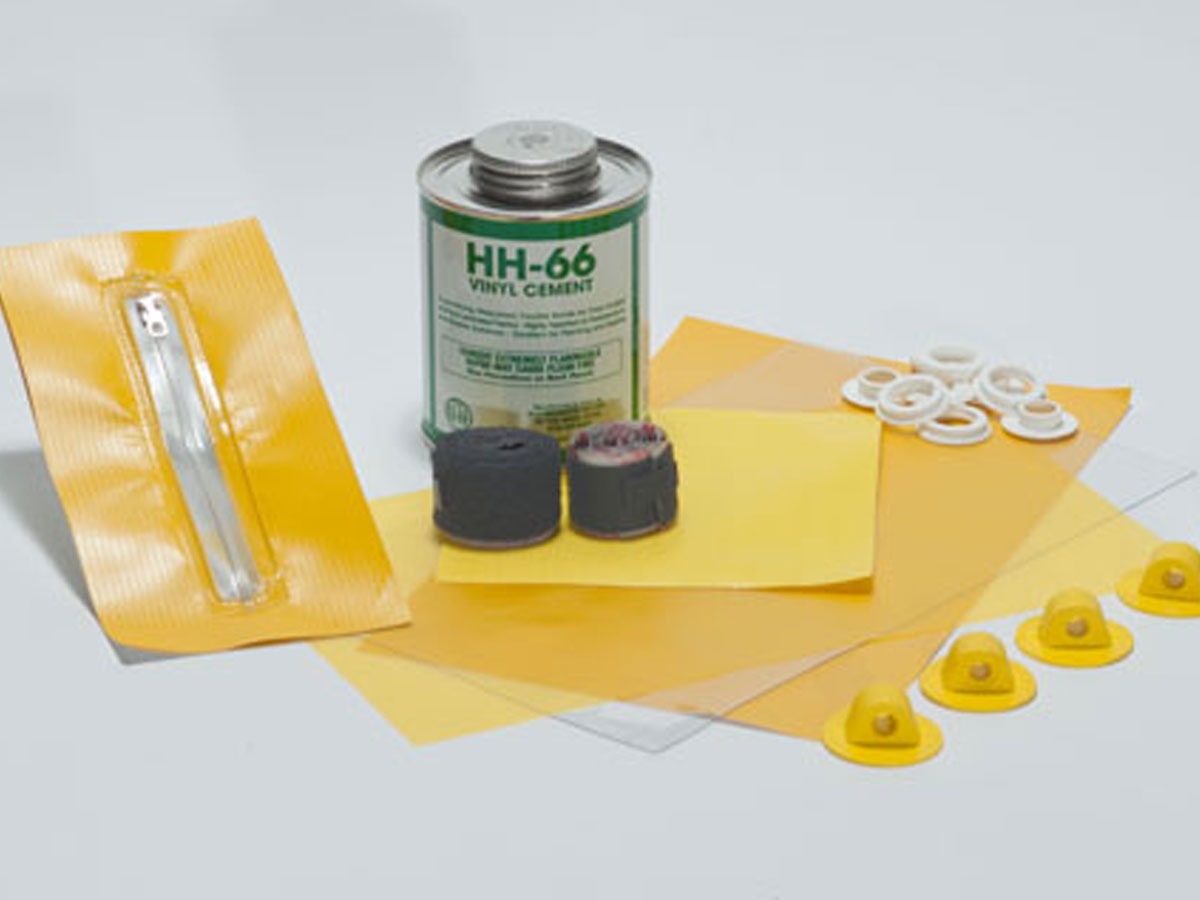
LI-300-FP
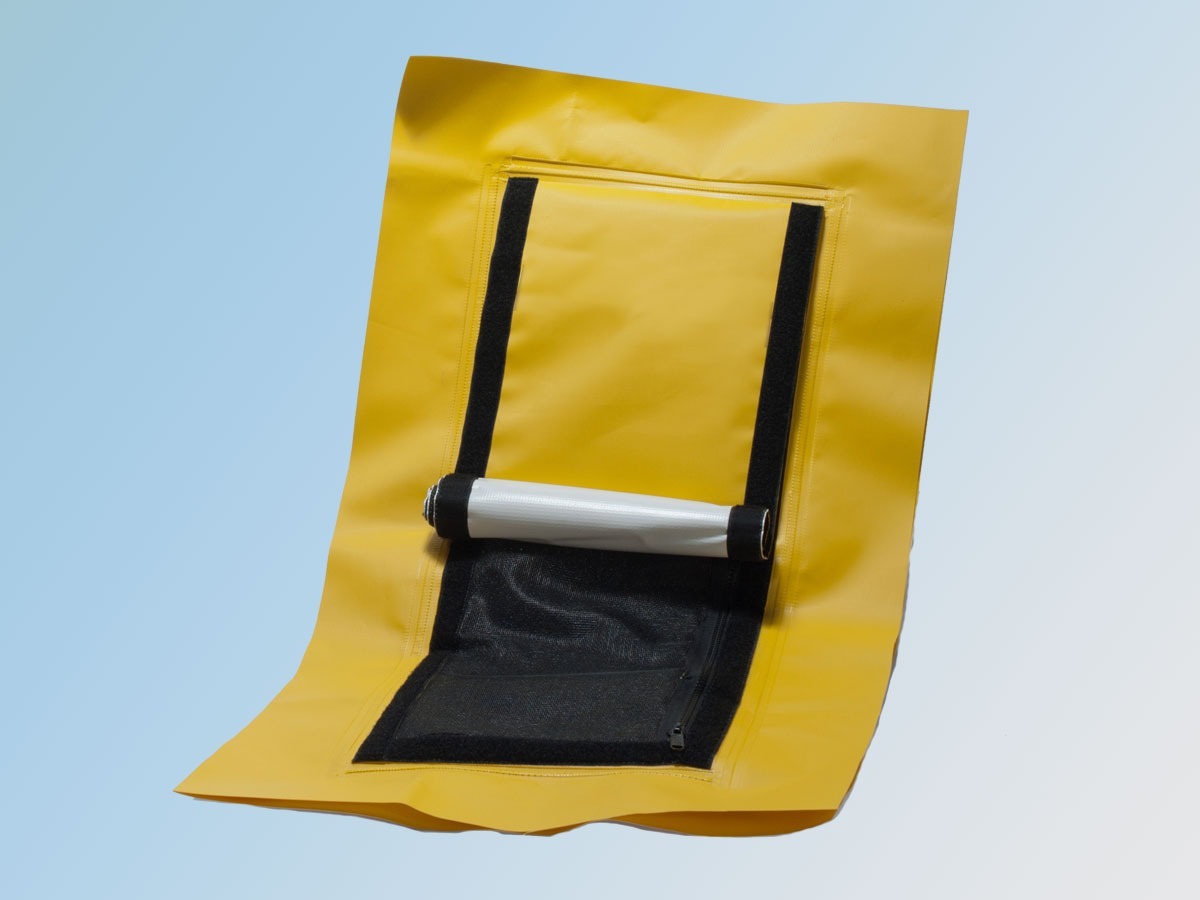
LI-300-FS
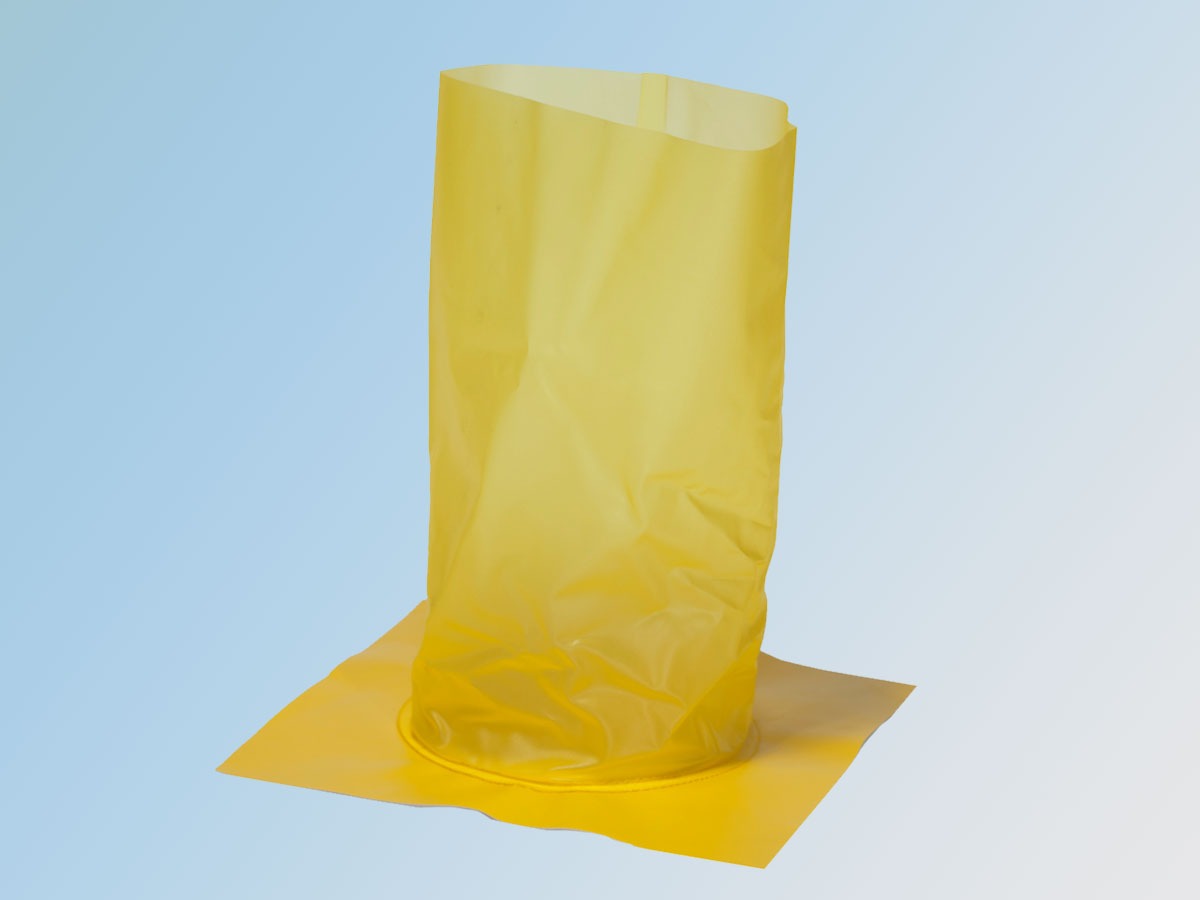
LI-300-FGS
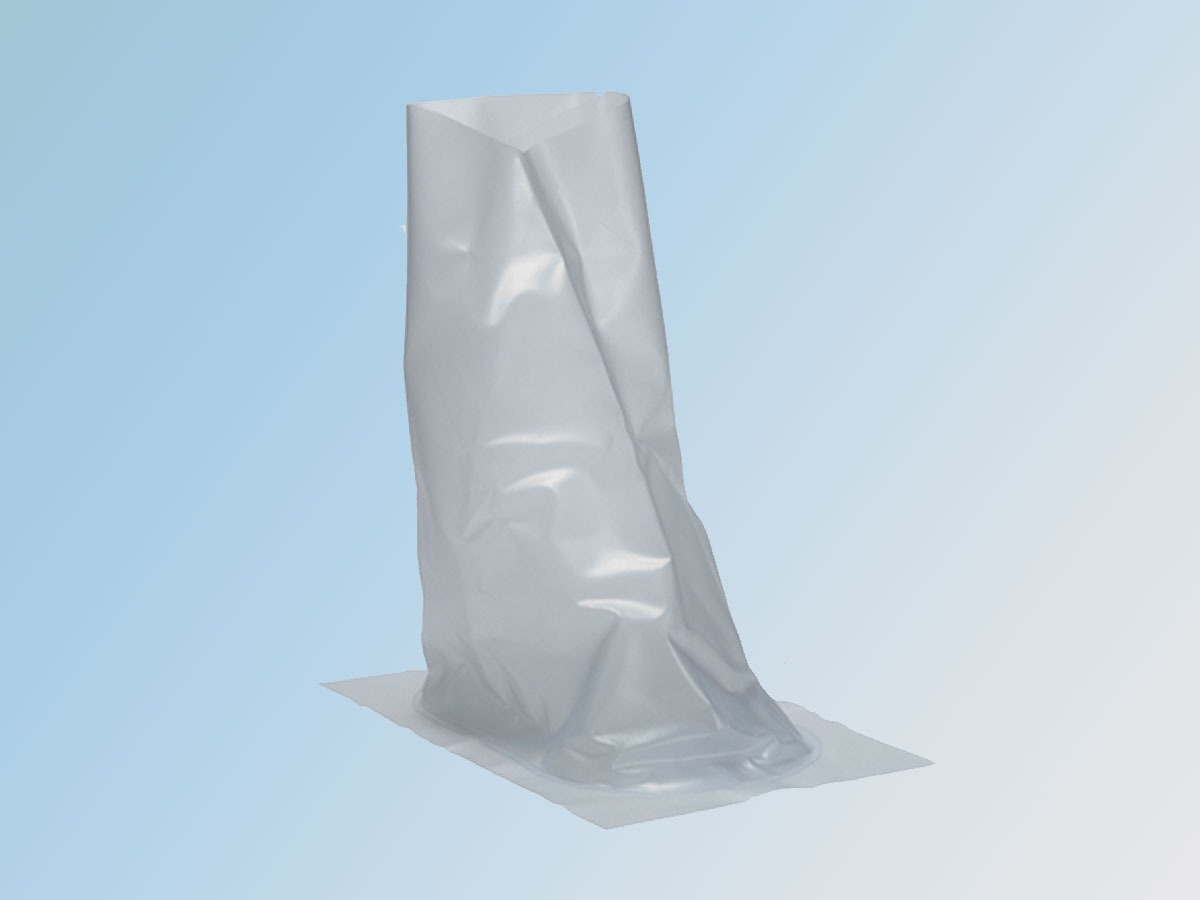
Frequently Asked Questions About Containment Tents
As North America’s leading manufacturer of essential protective equipment, Lancs Industries has earned a reputation for quality over our 49-year tenure in the industry. Here we offer a brief overview of answers to some commonly asked questions.
A containment tent serves as a physical barrier between clean and hazardous areas where contamination has occurred.
Containment tents provide our customers with some degree of control over a contaminated environment. A tent can be installed over and around a work area of almost any size to contain the hazardous condition whether it’s for the safety of people inside or outside the perimeter of the tent. Lancs’ tents are custom designed and constructed, and can be made with multiple work chambers and several stories high.
Made well and used properly, a securely contained workplace (or any area at risk), reduces the likelihood of exposure and cross-contamination.
Lancs’ tents are generally made from PVC film. Pacifitex can also be used. All materials used by Lancs are fire retardant and durable to ensure compliance with the highest safety standards. PVC ports and sleeves can be added at your discretion, and double polished clear PVC windows are added to facilitate proper visibility.
The tent structure is supported by a frame consisting of galvanized steel pipe and cast-iron fittings. Along with durability, tent frames are designed to allow efficient access to the interior. Frames can be customized to meet your specific needs.
For proper ventilation, HEPA filters and ventilation units are available courtesy of our partner Radiation Protection Systems, a company that has maintained a trusted reputation in the hazardous materials industry since 1978.
Units range from small, portable devices to permanent installations. Depending on the size, units can perform 7 to 12 air changes every hour.
All of the following factors will come to bear on your final product:
- Overall tent size
- Hazard type
- Ventilation needs
- Frame design
- Materials (plastic film, laminate vinyl sheet, or woven fabric)
After careful consideration of these and other factors, we will create a containment system that offers the performance and protection your site requires.
Robust Protection is Non-Negotiable
For nearly five decades, Lancs Industries has developed radiation containment products, containment glovebags and containment tents for a multitude of workplaces across many industries. We have established long-standing relationships with many high-level clients, including the U.S. Navy, NASA, and numerous National Laboratories. Please contact us today so we can find the best containment solution for your worksite.
Safer Work Environments
See how our containments can help prevent the potential spread of contamination.


